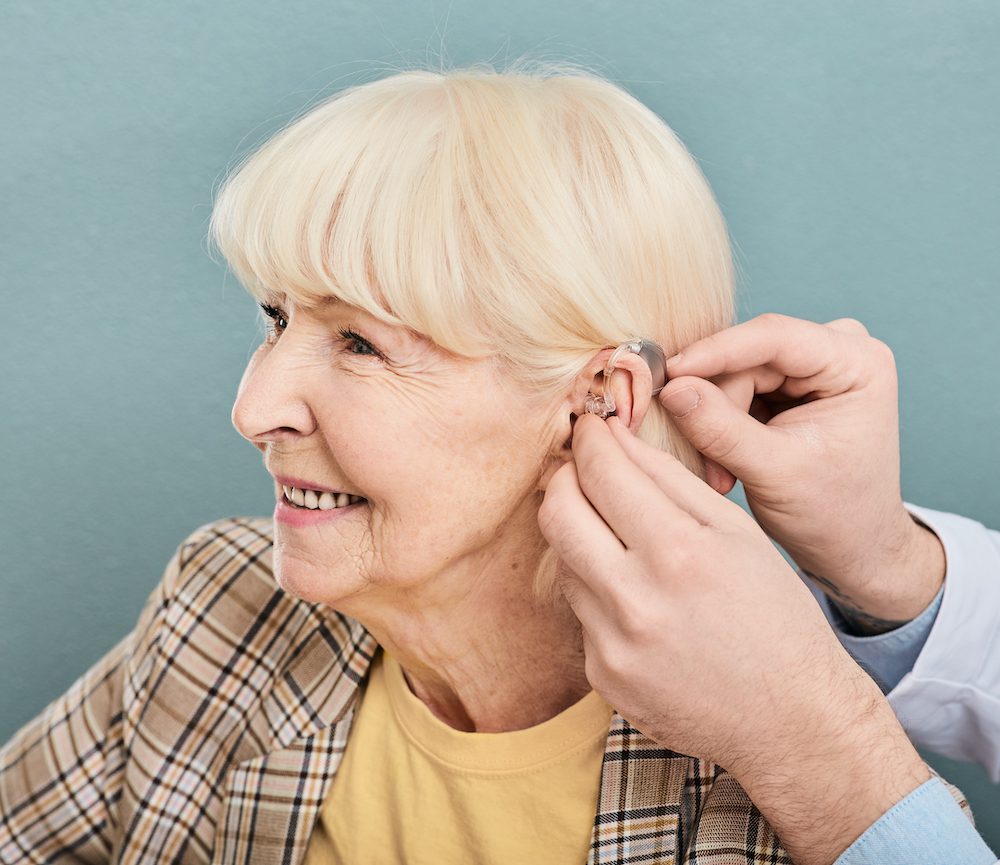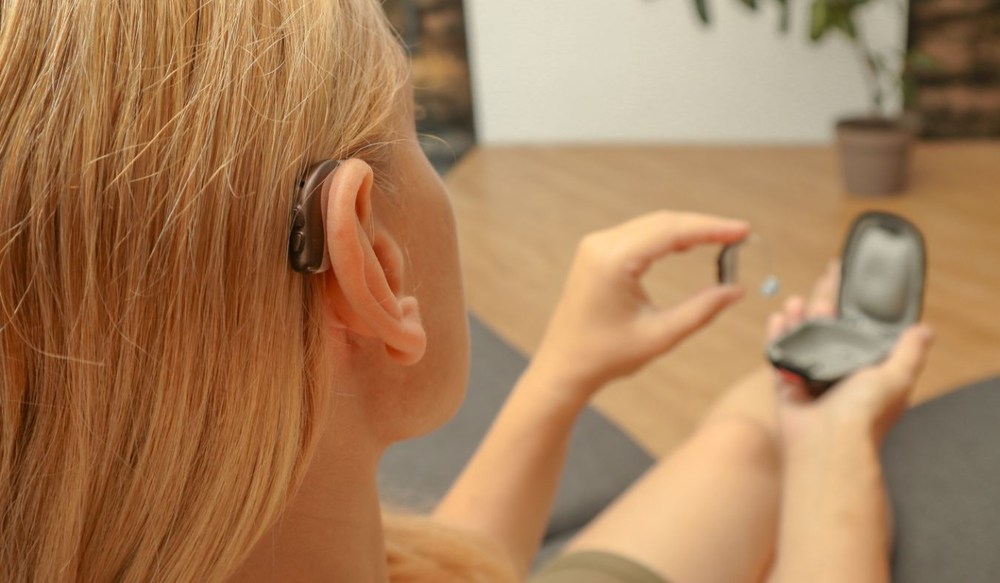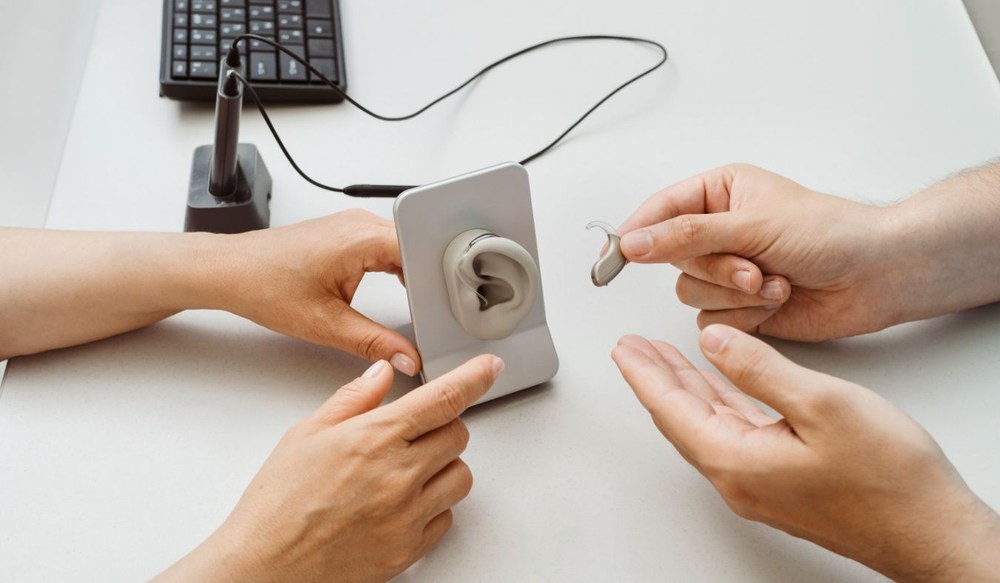Innovations in Hearing Aid Materials and Design
When our hearing begins to decline, we start to see impacts trickle into

Throughout history, hearing loss has been a prevalent condition, yet our understanding of the needs and challenges faced by individuals with the condition has evolved over time. The advent of hearing aids revolutionized the way we address these challenges, paving the way for the development and utilization of assistive technologies. Discover more about the transformative potential of hearing aids and the diverse array of assistive technologies in this comprehensive exploration of the subject.
If you have been experiencing hearing loss for some time then you may be wondering what can be done to help you manage this. If you have never experienced hearing loss before then you may not know that audiologists can help you through the use of hearing aids and other methods. Hearing loss happens when there is damage to the inner ear, sound waves can’t get through or get distorted on the way through your ear. If you use hearing aids then you may know the difficulties you have while out and about or while you’re in public places.
If you have recently been told by your audiologist that you would benefit from wearing hearing aids then you may be intrigued as to which one would suit you and your lifestyle the best. There are a few different types of hearing aids depending on how your hearing loss impacts you. You may have taken a look at your leaflet but don’t understand the different terms and meanings.
Here is a quick rundown of the type of hearing aids available for commercial use:
Which ones you choose will depend on the level of hearing loss you are experiencing, so it’s a good idea to talk to your audiologist about what option will be the best. You might also want to think about how you want your hearing aids to look and which technology you would like them to have.
Assistive technologies offer valuable solutions for individuals with hearing loss, empowering them to overcome communication barriers and enhance their quality of life. These innovative devices and systems are designed to amplify sound, improve speech clarity, and facilitate effective communication. From captioned telephones and FM systems to loop systems and personal amplifiers, there is a wide range of assistive technologies available to cater to different needs and environments. These technologies provide individuals with greater accessibility in various settings, such as social gatherings, workplaces, and educational institutions.
By utilizing these assistive technologies, individuals with hearing loss can actively engage in conversations, participate in activities and connect with others, promoting a more inclusive and fulfilling lifestyle. There are three types of listening systems in place. You will often find these in public places:
These are also known as induction loops and are the most user-friendly of the assistive technology systems. They consist of a copper wire that is placed within a room or on a counter. This wire is connected to the sound system of that public place enabling you to hear everything that is going on.
This one works like a tv remote by sending invisible infrared light waves from the public sound system to an infrared receiver. There is a downside to this as it cannot be used outdoors in daylight as this affects the waves. This technology works by line of sight so if you don’t sit in a central location then you can experience interference.
The final one is FM systems. These ones you can use while outdoors in sunlight as FM is not affected like infrared waves. They transmit wireless, low-power radio transmission to an FM receiver. If you use this system you will need to use a headphone or neck loop.
If you would like any more information on how you can benefit from using your hearing aids with assistive technology then speak to one of the amazing audiologists at Pittsburgh Ear LLC. We can be contacted using any of the following phone numbers: 412-348-8016, 412-348-8195 or 412-348-8194.

When our hearing begins to decline, we start to see impacts trickle into

When you can hear clearly, you can live fully. It’s about more than

Hearing health is often seen as separate from other aspects of our